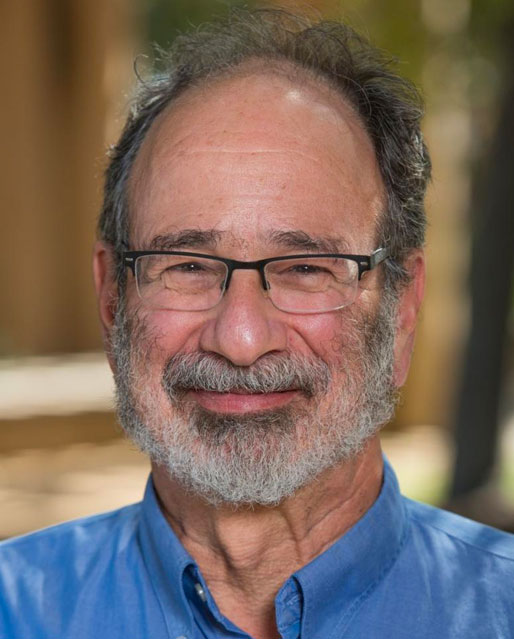Distinguished Lecture: Who Gets What? The New Economics of Matching and Market Design
Al Roth
Nobel Laureate, Professor of Economics, Stanford University

Watch the video »
Abstract:
Market design is an ancient human activity but a relatively new part of economics. It seeks to understand how the design of markets and marketplaces influences their performance, to use this growing understanding to fix markets when they’re broken, and to help to establish markets where they are missing.
Many markets are matching markets, in which you can’t just choose what you want, even if you can afford it:you also have to be chosen. In these markets, prices don’t do all the work. For example, UCI doesn’t choose its new students by raising the tuition until just enough applications remain to fill the entering class; instead they set the price low enough so that lots of people apply, and then they choose from a big pool. (And UCI can’t just choose its students; it has to woo them in competition with other schools…) Other examples of matching markets are labor markets (workers can’t just choose where to work, nor can employers just choose who will work for them), school choice, and kidney exchange. I’ll illustrate with examples from these.
Bio:
Alvin Roth is the Craig and Susan McCaw Professor of Economics at Stanford University, and the GeorgeGund Professor Emeritus of Economics and Business Administration at Harvard. He shared the 2012 Nobel memorial prize in Economics. His research interests are in game theory, experimental economics, and market design. He directed the redesign of the National Resident Matching Program, through which approximately twenty-five thousand doctors a year find their first employment as residents at American hospitals. He has also helped in the reorganization of the market for more senior physicians, as they pursue subspecialty training, and in other labor markets. He helped design the high school matching system used in New York City to match approximately eighty thousand students to high schools each year. He also helped redesign the matching system used in Boston Public Schools, for students of all ages. More recently, he has helped design school choice systems in several other large American cities. He is one of the organizers and designers of kidney exchange in the United States, which helps incompatible patient-donor pairs find life-saving compatible kidneys for transplantation.